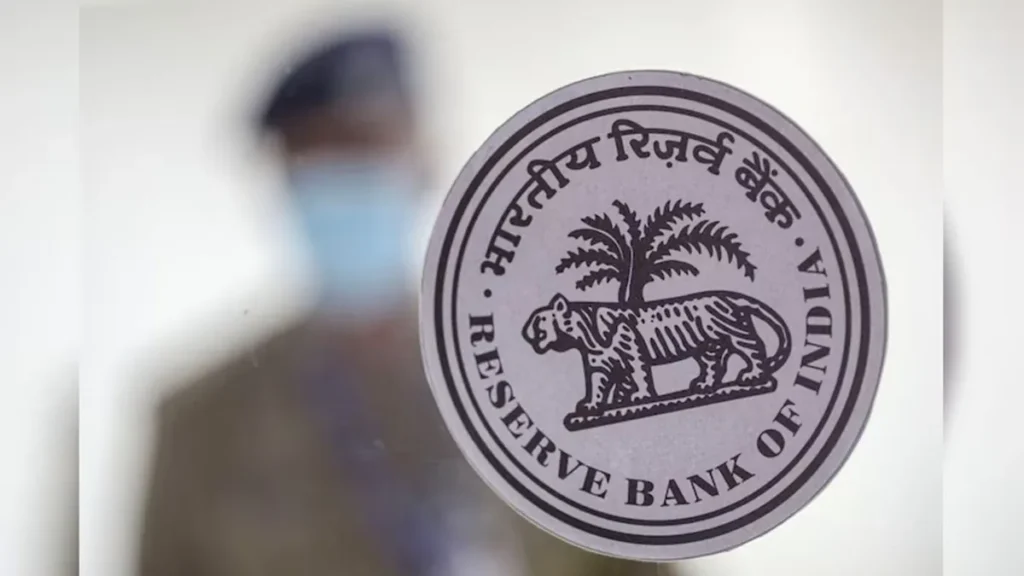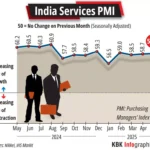MUMBAI: Tariff-led global uncertainty may constrain the quantum of repo rate cut by the Reserve Bank of India in the current financial year, Karthik Srinivasan, Senior Vice President and Group Head, Financial Sector Ratings, ICRA said.
“RBI’s call would largely be on how the domestic factors play out, but you can’t completely ignore what’s happening globally, you can’t ignore the tariff issues that are playing out,” Srivasan said. He added that monsoons could also factor the rate cut decision of the apex bank.
ICRA expects a 25-basis point cut in the repo rate in the Monetary Policy Committee’s decision which will be announced on Friday. Srinivasan said that the in-house view is of a 75-basis point rate cut, post the April policy reduction. RBI has till now cut the repo rate by 50 basis points since February.
“As the focus for RBI has clearly shifted towards growth, because inflation numbers are under control, the expectations are they will remain well within the band that RBI had wanted. And with all these global uncertainties and tariff, there would possibly be a need to ensure that domestic consumption, domestic businesses continue to do well, there is demand from that point of view, there definitely is a scope for further cuts,” he said.
While transmission of policy rates has improved over the years, banks will remain limited in their ability to cut deposit rates given that deposit mobilisation challenges continue to persist.
“It’s going to be difficult for banks to cut down deposit rates meaningfully, so they’ll have to take a call, do they want to protect their margins or are they okay with a fall in margin, so it’s going to be a strategic call” he said.
On the impact of geopolitical tensions on the banking system, Srinivasan said that there could be a couple of export-oriented sectors where one will need to be watchful. However, tariffs being imposed on India are possibly lower than other competing nations, due to which India might just be “better off”.
On earnings, he said that the second half of the current financial year should be better in terms of profitability and margins. “The likelihood of compression in margins in first half is much more, and by the time you come to the fourth quarter at least some of the deposits get repriced, so they may get some benefit from that. Also, with the expectation of more rate cuts, banks may be in a position to book higher treasury gains in the later part of the year.”
On stress in the microfinance segment, Srinivasan said that it is likely to stabilise by the first half of the current financial year. “Some entities would have taken a bigger knock in FY25 itself, so they may see slightly lower impact in the next year, but for others whose balance sheet was not as strong, we’ll probably see higher stress continue into FY26 as well.” In the current financial year, Srinivasan said that the credit cost for the microfinance segment could be around 3.5%.
Source: The Financial Express


 Services Sector Growth Steadies In May On Healthy Demand Conditions
Services Sector Growth Steadies In May On Healthy Demand Conditions 